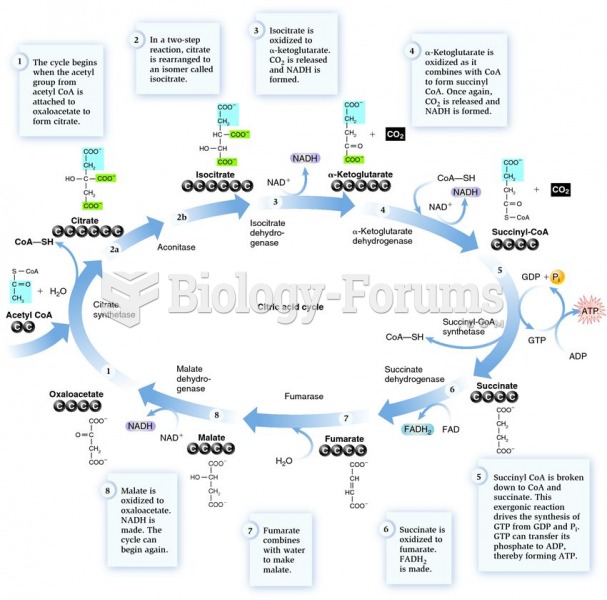This topic contains a solution. Click here to go to the answer
|
|
|
Did you know?
The use of salicylates dates back 2,500 years to Hippocrates's recommendation of willow bark (from which a salicylate is derived) as an aid to the pains of childbirth. However, overdosage of salicylates can harm body fluids, electrolytes, the CNS, the GI tract, the ears, the lungs, the blood, the liver, and the kidneys and cause coma or death.
Did you know?
The familiar sounds of your heart are made by the heart's valves as they open and close.
Did you know?
There are more nerve cells in one human brain than there are stars in the Milky Way.
Did you know?
The most common treatment options for addiction include psychotherapy, support groups, and individual counseling.








